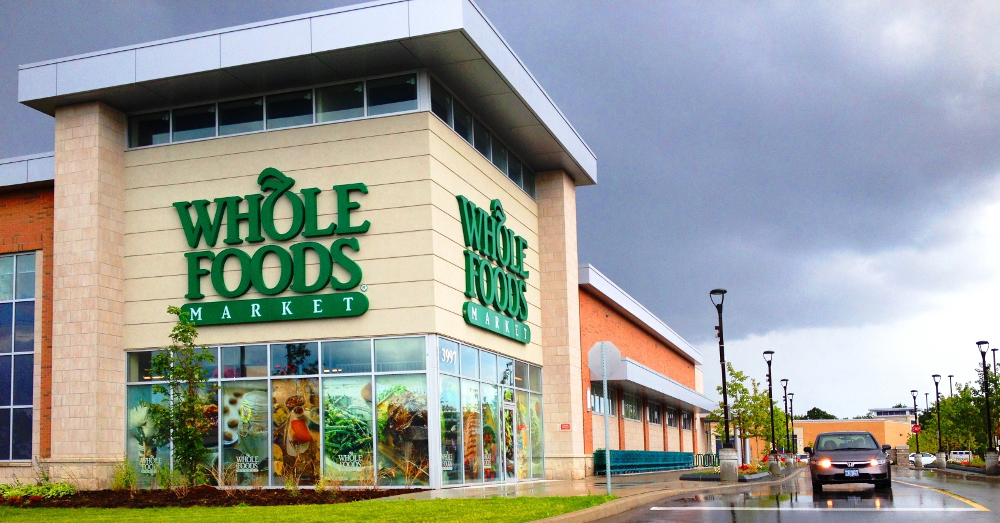
Why Amazon’s Whole Foods Deal Is Terrifying Food Makers
For years, Amazon (AMZN, -0.51%) has been the specter looming over retail, as once-dominant department stores and specialty chains fell on harder and harder times. But up until now, the e-commerce titan has managed to irrevocably alter the industry without making much of a dent in retail’s biggest moneymaker of all—the $800 billion grocery business.
Most Amazon watchers are focused on the some 450 stores the e-commerce behemoth scoops up in the deal. These brick-and-mortar locations instantly give it a national physical presence, as well as a network of mini distribution centers for fresh produce—by far the most challenging part of the grocery delivery business because of spoilage and the fragility of fruits and vegetables. (Upon news of the bid, grocery stocks took a nosedive accordingly.)
June 22, 2017 | Source: Fortune | by Beth Kowitt
For years, Amazon (AMZN, -0.51%) has been the specter looming over retail, as once-dominant department stores and specialty chains fell on harder and harder times. But up until now, the e-commerce titan has managed to irrevocably alter the industry without making much of a dent in retail’s biggest moneymaker of all—the $800 billion grocery business.
That changed on June 16 when Amazon announced its intention to acquire Whole Foods, the upscale supermarket chain that played a pivotal role in taking organic and natural foods mainstream. Whole Foods (WFM, -0.62%) itself may have been under duress, pressured by an activist investor and softening sales, but the healthy-food movement and the meticulously curated store experience that it pioneered is alive and well. “Amazon is placing its bet on the future of the food industry,” says Errol Schweizer, a former Whole Foods executive who is now an industry adviser, “and they see Whole Foods as the leadership.”
Most Amazon watchers are focused on the some 450 stores the e-commerce behemoth scoops up in the deal. These brick-and-mortar locations instantly give it a national physical presence, as well as a network of mini distribution centers for fresh produce—by far the most challenging part of the grocery delivery business because of spoilage and the fragility of fruits and vegetables. (Upon news of the bid, grocery stocks took a nosedive accordingly.)
But Amazon isn’t just trying to change how we buy groceries. Remember the company’s original disruption: bookselling. Jeff Bezos not only shifted how and where books were sold; he also changed how they were made, by forcing publishers, authors, and everybody else along the book supply chain to cut their costs. The same thing could very well happen in food, and the outcome for food manufacturers could be as dire it was for book publishers. “I would be terrified if I were a consumer packaged-goods company right now,” says Benzi Ronen, CEO and founder of food hub management software startup Farmigo. Indeed, packaged-goods producers’ businesses are already under stress, with manufactured-food volumes at large companies declining 4% this year, as consumers seek out less-processed fare. And on the long-shot chance that Walmart (WMT, +1.15%), playing defense, swoops in with a bigger bid, the same pressures will still be in play.
